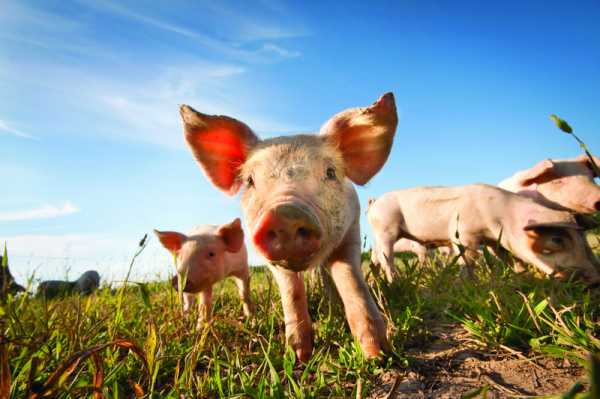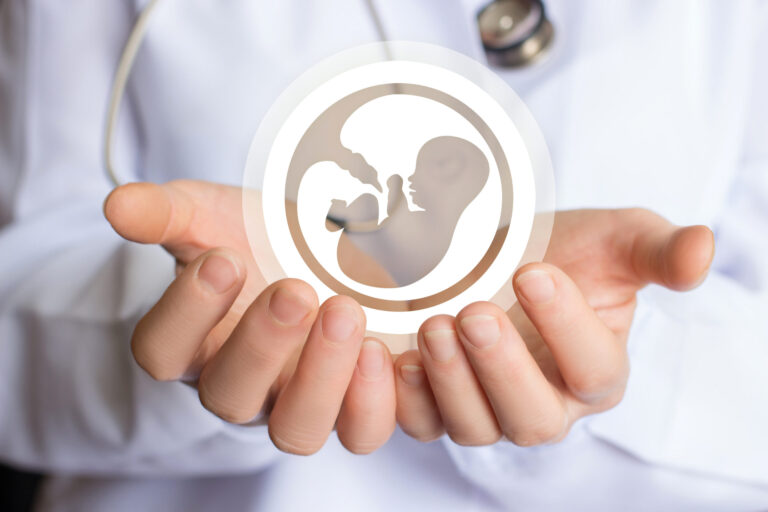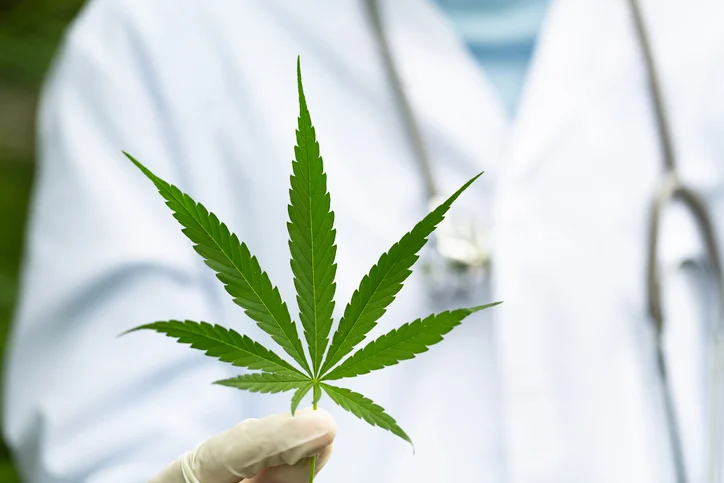
We forget that industrial cattle, pig and poultry rearing are also responsible for air and water pollution which causes boundless damage to the environment and severely harms human health (Photo: taxzi)
It is now widely documented and understood that the industrial livestock sector is a major source of greenhouse gas emissions and pollution. But with most attention focused on climate impacts, we forget that industrial cattle, pig and poultry rearing are also responsible for air and water pollution which causes boundless damage to the environment and severely harms human health.
Each year around 300,000 premature deaths in Europe are caused by air pollution, and ammonia and methane emissions from livestock farms a major contributor to this devastating figure. Ammonia and methane emissions are precursors for particulate matter (PM2.5) and ground-level ozone, two air pollutants linked to severe health impacts.
In the EU, 94 percent of ammonia and 55 percent of methane emissions stem from the agriculture sector (mostly from intensive livestock farms), and these emissions are not declining.
In January 2023, the European Commission launched 14 infringement procedures against member states who failed to comply with one or more of their national emission reduction commitments for the year 2020 — obligations agreed under the national emission ceilings directive, covering five pollutants.
Ammonia, which mainly stems from the agricultural sector, is the pollutant on which most of these member states failed to deliver and the projections for meeting the 2030 targets look unfavourable.
Nitrate pollution from agriculture seriously damages water quality, making it unfit for human consumption. More than a third of rivers, lakes and coastal waters and more than 80 percent of the EU’s marine waters are eutrophic (suffer from reduced oxygen levels) due to excessive nutrient concentrations.
Between 2016 and 2019, 14 percent of the EU’s groundwater exceeded nitrate drinking water standards.
Air and water pollution from intensive livestock are well-documented, yet costs are currently largely borne by society. The health and environmental cost of water pollution in the EU, due to excess nitrogen and phosphorus, totals more than €22bn per year. Regions with the most intensive livestock farms are the worst affected, highlighting the vital need to move away from intensive rearing practices to achieve the EU’s zero-pollution and climate-neutrality objectives.
This is why the EU Commission proposed rules as part of its revision of the EU’s Industrial Emissions Directive (IED) which would address this harmful pollution at the source: on large livestock farms.
While factory-scale pig and poultry farms (above 2,000 fattening pigs and 40,000 chickens) have been included in this policy for several decades, this only covers 18 percent of ammonia and three percent of EU methane emissions. There is therefore a clear need to extend the regime to cover the majority of big polluters within the sector.
By broadening its scope while focusing solely on these largest industrial farms, the IED would be targeting the biggest sources of livestock methane and ammonia emissions (these approximately 185,000 farms are responsible for 60 percent of EU livestock ammonia emissions and 43 percent of methane emissions), without affecting the overwhelming majority of the two million livestock farms in the EU.
The cost-benefit ratio is indisputable.
An impact assessment by the European Commission estimates an environmental and health benefit of €5.5bn per year, thanks to lower methane and ammonia emissions, while compliance and administrative costs would only be €265m and €233m respectively.
Industrial livestock farming is not only responsible for severe pollution, but also unfathomable animal suffering, including but not limited to dehorning and hot-iron-branding of cattle, the castration of piglets without painkillers, and the debeaking of poultry. All this despite the fact that 94 percent of EU citizens are concerned about the welfare of farmed animals.
Yet livestock lobbies and politicians closely tied to them, or who are farmers themselves, have mounted an appalling campaign of disinformation attacking this proposal.
In the European Parliament’s agriculture committee, which adopted its opinion on 25 April, nearly all MEPs voted to maintain the status quo and even row back on some existing rules.
Sign up for EUobserver’s daily newsletter
All the stories we publish, sent at 7.30 AM.
By signing up, you agree to our Terms of Use and Privacy Policy.
The environment committee adopted a report a month later which slashed the number of new farms that would be covered by this directive and kept concrete pollution control mechanisms very weak. This shameless defence of vested interests over public health and environmental protection begs the question: how much longer can we be expected to foot the bill for harmful livestock pollution — with our health, through our water bills, and through our taxes?
As Europe navigates a cost-of-living crisis, public purse strings are under increasing pressure, and household budgets are squeezed. At the same time, big cereal traders and fertiliser companies are raking in record profits, while major meat and dairy companies report strong profits too. In such a context, isn’t it high time to shift the cost of pollution onto the polluters while, at the very least, requiring enormous industries to cut their emissions?
Currently, taxpayers are not only forced to bear the cost of pollution — through its impacts on health and the environment — but they are also directly subsidising the industrial livestock sector through enormous agricultural subsidies.
They are told by the commission and member states alike that these subsidies will help agriculture to become sustainable and more resilient to future challenges.
However, our analyses as well as ones made by independent experts recently showed that, in reality, this public money is largely used to maintain the (very detrimental) status quo.
To top it all off, the double cost of industrial livestock production borne by EU taxpayers is supporting an export-oriented system of production (Germany, the Netherlands, and France are amongst the five biggest suppliers of milk on global markets). Meaning that not only are Europeans suffering the impacts of the pollution that the livestock industry is producing, but we are funding its continuation from our own pocket through exports to other countries.
Amid a triple crisis of climate change, biodiversity collapse and unbridled pollution, coupled with a cost-of-living crisis, the EU’s longstanding polluter-pays principle could not be more relevant.
The European Court of Auditors criticised its weak implementation in the agricultural sector months before the Commission proposed to regulate the pollution from large farms. The behaviour of those politicians in the Parliament and Council, who have made concerted efforts to undermine this proposal and maintain the status quo in a deplorably post-truth attitude, is shameful.
In a recently-published Eurobarometer survey, EU citizens expressed their concerns in relation to air pollution and its consequences on human health and the environment.
Among those who are aware of current air quality standards, 67 percent of respondents thought that they should be strengthened. Such data is a clear call for EU regulation to get tougher on pollution in general — something that the new IED risks ignoring completely by moving backwards and not striving forward.
On Monday (10 July), MEPs will gather once again in a plenary session to vote on upcoming EU legislation, including the IED. Will they choose to defend the health and budgets of 447 million European citizens, or the vested interests of a few polluters? History will be the judge.
Source: euobserver.com



